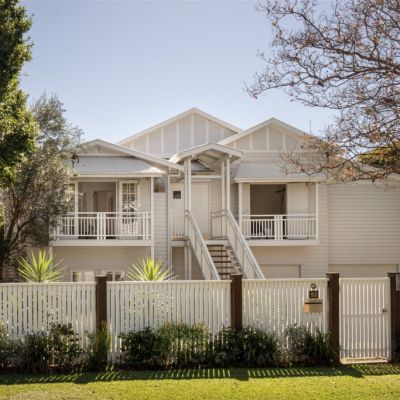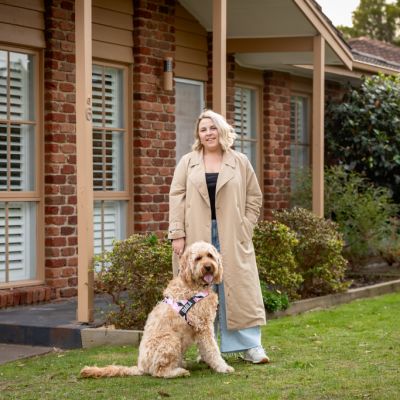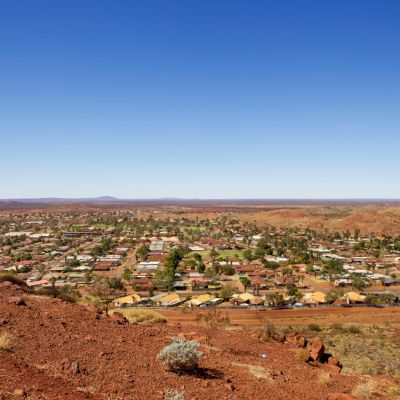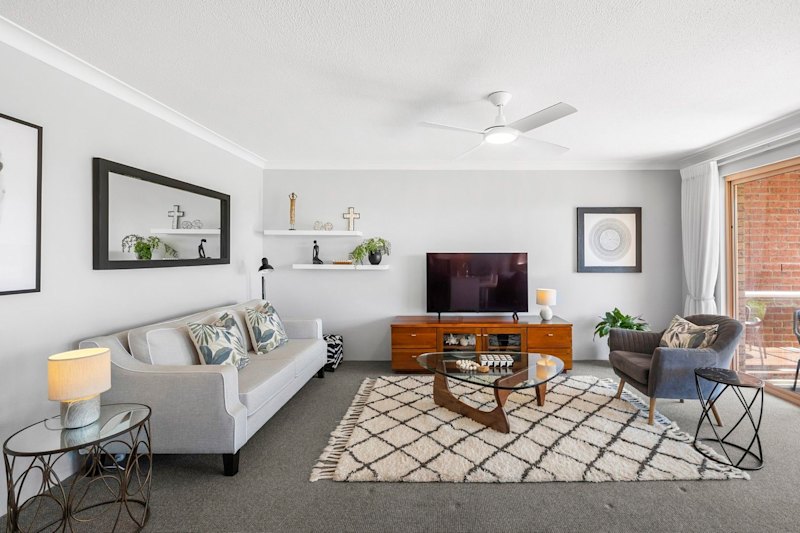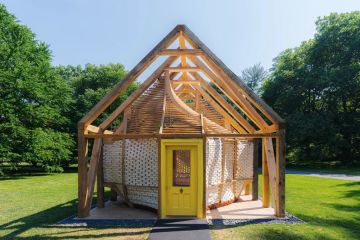The most affordable and liveable suburbs for home buyers
The proportion of affordable suburbs for house buyers has plunged over the past five years, leaving buyers on a budget looking to units or further out of city areas.
Five years ago, 32.5 per cent of houses within 20 kilometres of the Sydney CBD were affordable, but the proportion is now only 11.1 per cent. In Melbourne, the figure has fallen from 61 per cent to 24.4 per cent over the same period.
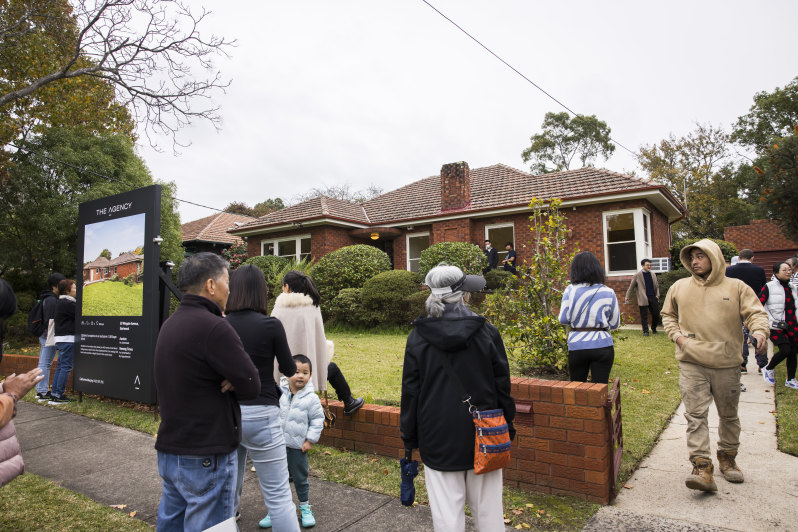
Affordable options also plunged in Brisbane (from 51.7 per cent to 27.6 per cent) and Hobart (from 43.8 per cent to 18.9 per cent), the PRD Affordable and Liveable Property Guide, released on Thursday, found.
The research defined affordable suburbs as suburbs within 20 kilometres of the CBD where the typical house is cheaper than the median house price within five kilometres of the CBD. For Hobart, the 20-kilometre radius was reduced to 10 kilometres.
PRD Real Estate chief economist Dr Diaswati Mardiasmo expected the number of options to be low because house prices have risen over the past five years.
“But I didn’t expect it to be that low,” she said.
“It just really highlights how undersupplied we are when it comes to houses – and the move to units, it’s pretty much inevitable.”
Her research highlights suburbs considered both affordable and liveable – they must be within five kilometres of a school, hospital, shopping centre and green space.
The basic measure of liveability does not include restaurants or entertainment, and therefore highlights neighbourhoods which buyers will see still have scope for rejuvenation.
Other criteria include rental yields at least as high as the inner city, and rental vacancy rates on par or lower, plus a high estimated value of future infrastructure projects and new homes under construction, and unemployment rates on par or lower than the state average.
In Sydney, the winners were in the city’s west, including Chester Hill, Granville and Villawood. In Melbourne, the top picks were in the west and north: Albanvale, Ardeer and Lalor. In Brisbane, Strathpine, Griffin and Alexandra Hills stood out, while in Hobart the top picks were Glenorchy, Risdon Vale and Rokeby.
Areas that made the list are normally one to two suburbs away from a better-known suburb, Mardiasmo said.
“It’s human nature for you to want to go to places that everyone knows about, but when you go to the suburb behind or the suburb next to it that many people don’t know about, it does give you a bit more of an edge in accessing that market,” she said.
“When first home buyers come to me and say where can I look? I say, if you see that all of your friends are buying in this particular suburb, just try the suburb behind it.”
She said that often neighbourhoods featuring in the annual report drop out within a few years because word of mouth spreads and house prices start to rise until they are no longer considered affordable.
Mardiasmo said a higher percentage of units were considered affordable than houses, offering options to buyers. They were traditionally thought of as a stepping stone on the way to a large house with a backyard, but that could change.
“Maybe now a unit, it’s going to be people’s forever homes,” she said. “Instead of backyard barbecues we’re going to have rooftop barbecues.”
In Sydney, First National Real Estate Chester Hill sales manager Allen Abed said Chester Hill offered more affordable properties than nearby Auburn, Lidcombe, Bankstown or Greenacre.
Buyers could find a house in the $1.1 million to $1.3 million range, whereas they may expect to pay $1.5 million in better-known areas.
He said the blocks of land were well sized and transport was convenient to the city or western Sydney hubs. He has been fielding out-of-area buyers coming from western Sydney neighbourhoods they can no longer afford.
But with few homes for sale, prices have been rising, he added.
“People are scared to sell, because if I sold today, what am I going to buy? Where am I going to go?”
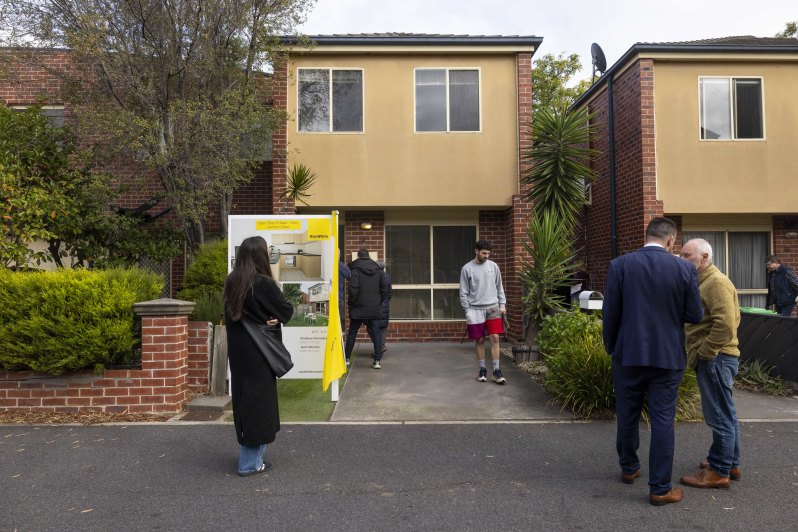
In Melbourne, Albanvale has been attracting buyers thanks to its well-regarded primary schools, parks and shopping centres, YPA St Albans director Gioan Pham said.
Pham said most of the buyers there were first home buyers who had grown up in the area.
A budget of at least $550,000 would secure a three-bedroom, one-bathroom house, and from $600,000, buyers could find a home with an extra bathroom and more likely to have been renovated, he said.
For a similar home in larger St Albans, which has train stations, entry level homes would start from $600,000 to $650,000, he said.
But there was little stock for sale in Albanvale.
“It’s not as big, and it’s popular, so anything that comes up gets a bit of attention and gets snapped up pretty quickly.”
We recommend
We thought you might like
States
Capital Cities
Capital Cities - Rentals
Popular Areas
Allhomes
More
